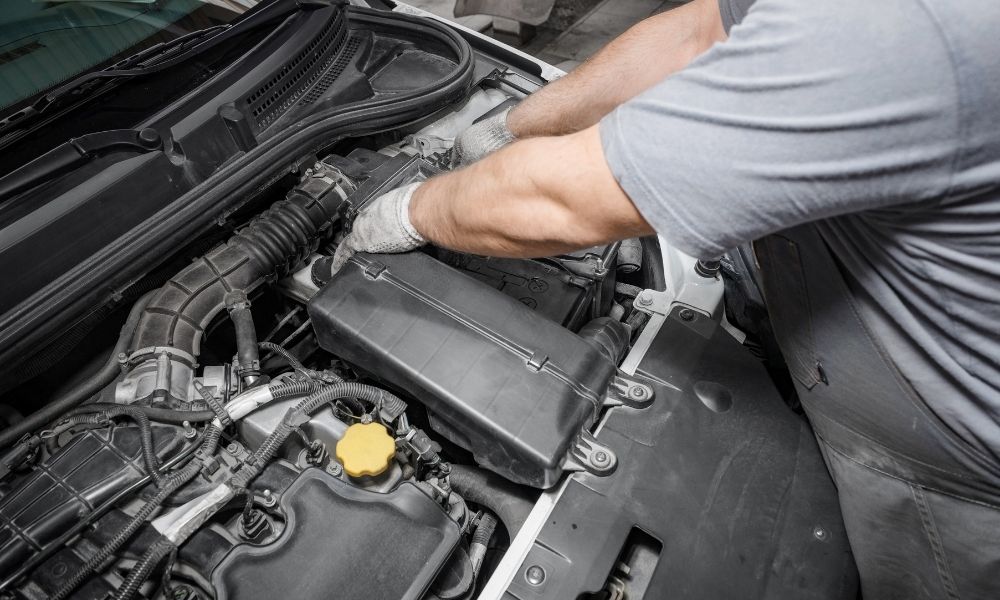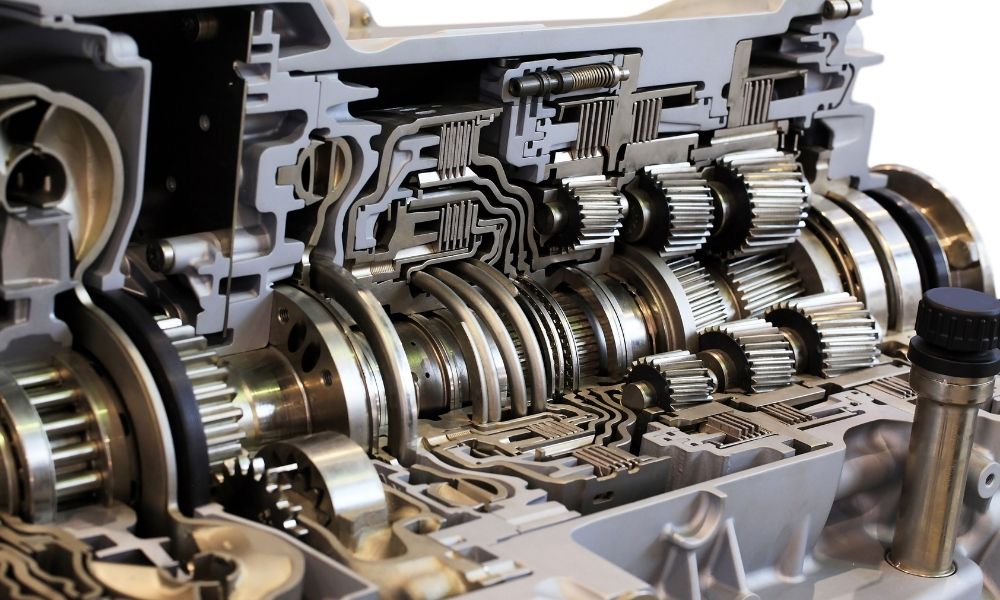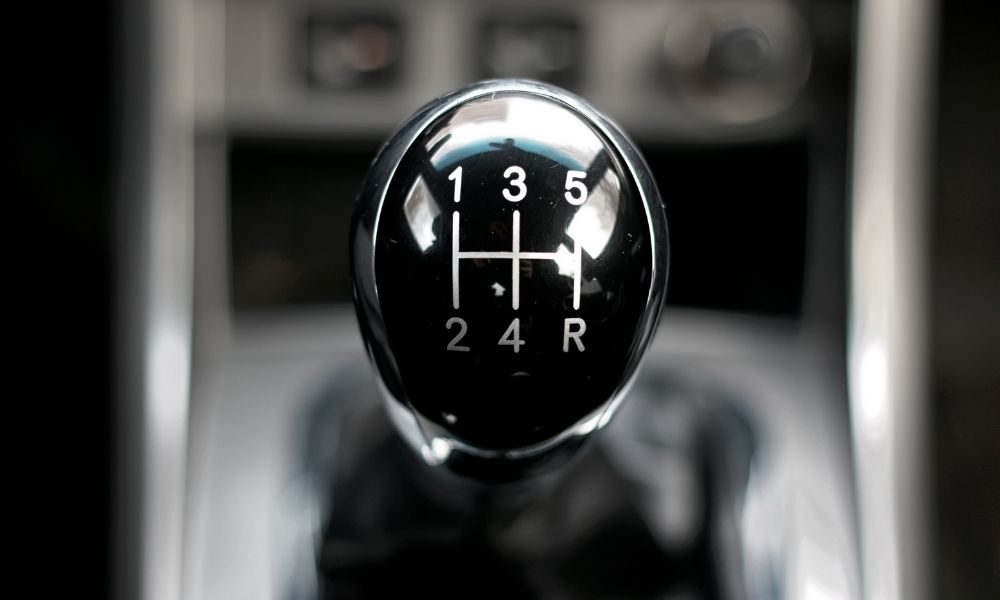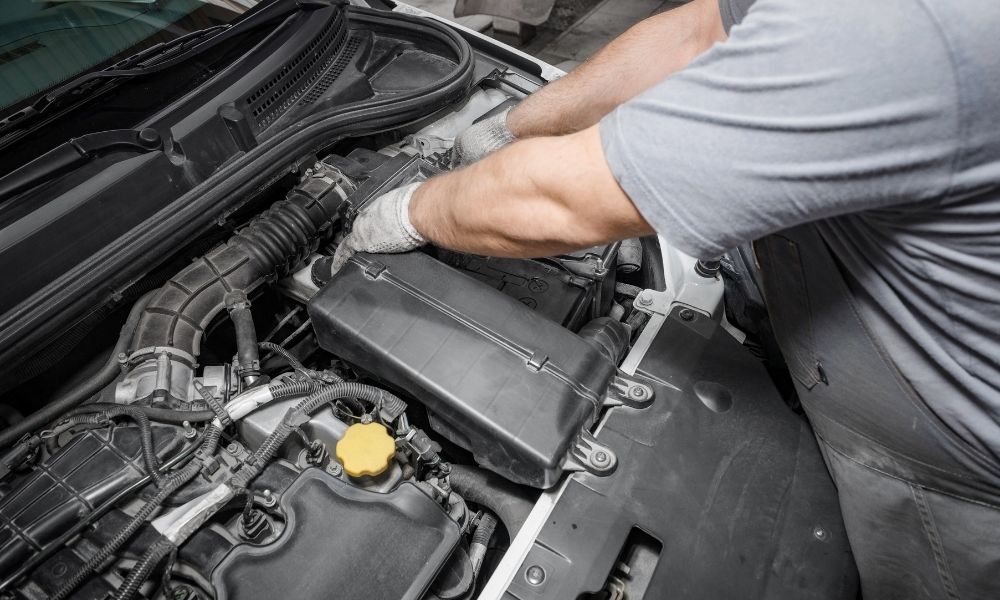Tips for Installing an Aftermarket Trans Oil Cooler
Whether you’re replacing an old transmission cooler or simply adding one to your vehicle, installing these devices isn’t always straightforward, especially if your car wasn’t built with them in mind. Fortunately, that doesn’t make things impossible. This list of tips for installing an aftermarket trans oil cooler should be just the thing you need to figure out how to get yours in.
Find a Spot With Good Air Flow
The most important thing before putting a new cooler in is to find an area of your car that has good airflow. Even if you had one in here before, that doesn’t necessarily mean it was in the right place. If you’re not sure where this might be, try using a large fan to blow air through the front of your vehicle. This will help give you a better idea of where your cooler should go.
If you can’t find a good spot, don’t lose hope. You can install a fan that can redirect the airflow to an area that better fits your cooler. The reason for this will become more apparent in our next tip.
Make Sure You Bolt It in Properly
Just because a space under the hood has good airflow doesn’t mean it’ll work for your cooler. Some of these components can be quite large, which will make them too big to fit in tight areas or make screwing them in nearly impossible.
You want to make sure your transmission cooler doesn’t go bouncing down the road the first time you hit a pothole, so be smart about where you put it. As long as you use the fan trick from the previous tip, you should be able to find a solid location where you can bolt the cooler down.
Be Careful With Your Fluid Tubes
First of all, you should only use tubing specifically made for transmission coolers when installing this apparatus. Too many people try to use old fuel lines they have lying around the garage, and they just don’t work for this purpose.
For these tubes, it’s always best to buy brand new ones and make sure you install them in a way tha





